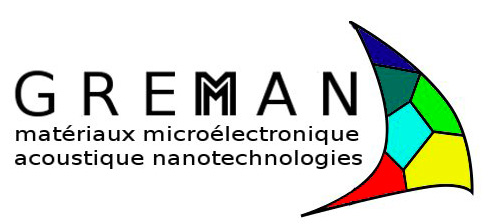

The SCAP3D project consists in developing a microsystem for the storage and redistribution of high-power electrical energy, a pseudo-capacitive micro-supercapacitor, in order to meet the ever increasing and urgent demand in the field of electronics, wireless technology, hybrid electric vehicles, etc ... Indeed, the miniaturization of these nomadic electronic devices requires the integration of energy storage systems closer to these devices, hence the project of a 3D integration micro-supercapacitors as a source of energy. Since the performances are related to the structuring of the substrate, the nature of the electrode and the electrolyte and the electrode-electrolyte interface, the objective, based on our results obtained on 3D microbatteries, is to realize 3D micro-supercapacitors on Si substrates micro and nano-structured, to increase the energy storage performance due to the 3D structure that increases the developed surface area. Solid nano-electrodes based on metal oxides will be deposited therein in a liquid way ensuring a good thermal stability of the system and high capacity values. Different types of organic electrolytes ranging from liquid to solid electrolyte will be used to increase the potential range used thereby increasing the stored energy. Our goals are many, ranging from space-saving, cost-saving, performance-enhancing, cycling-stability, to eco-friendly electrolytes.
Rapport final : 6
Suivi de projet - Fin du projet : 6
Publication scientifique : 42
Action de communication : 6
Emplois crées : 18
Project leader

Member partner



No member partner
SILIMIXT
NAWATECHNOLOGIES
Start of the project on27 / 07 / 2024 | End of project on27 / 07 / 2024
Strategic business lines
 Smart grids
Smart grids
 Smart grids
Smart grids
 Électronique : matériaux, composants et sous-systèmes
Électronique : matériaux, composants et sous-systèmes
Referent of the project
 Sébastien DESPLOBAIN
Sébastien DESPLOBAIN
07 86 53 38 74
sebastien.desplobain@s2e2.fr
Centre-Val de Loire




The ZORG project aims to achieve a unified understanding of the links between zinc electrolyte…



The HyBer project is an ambitious initiative to create a hydrogen ecosystem in the department…
